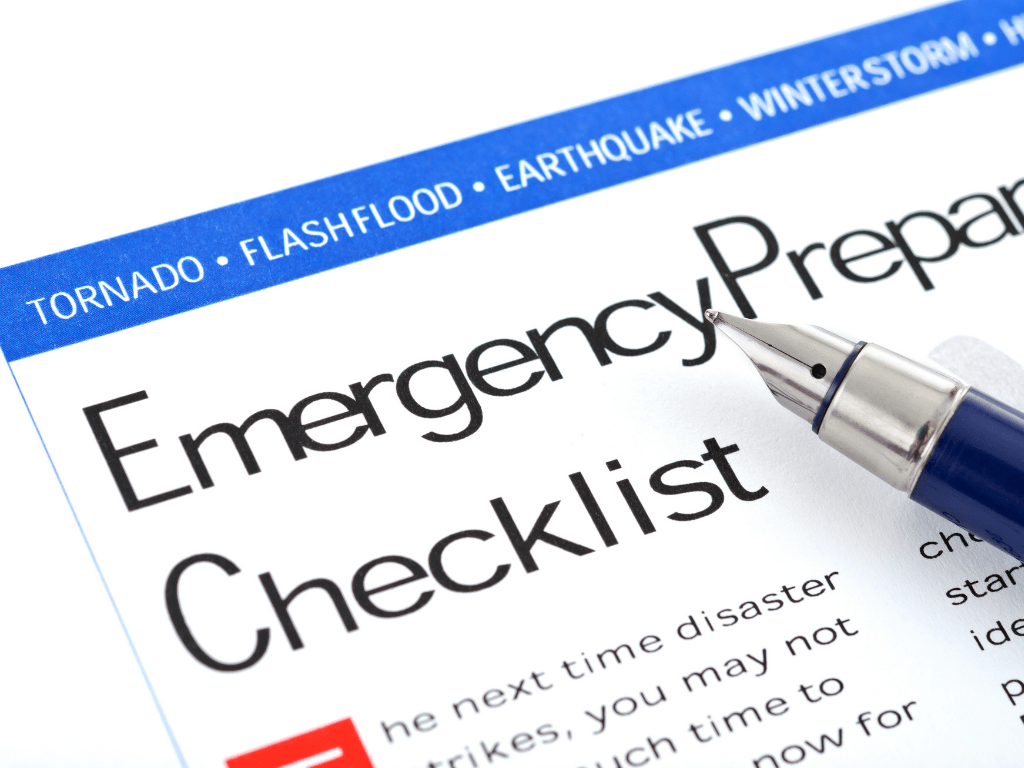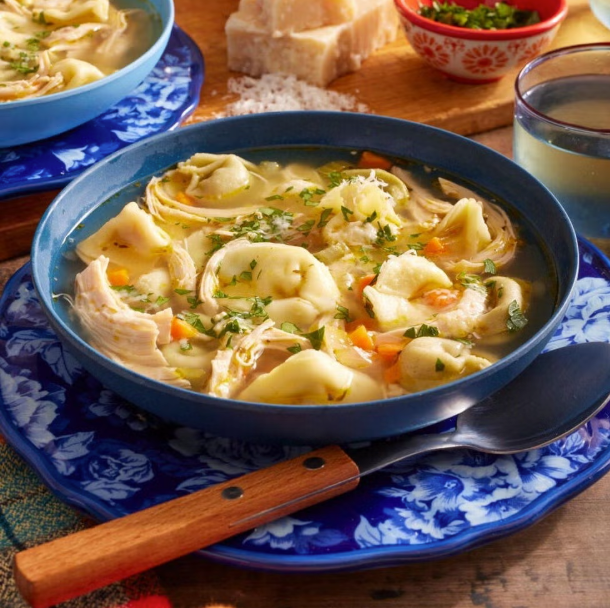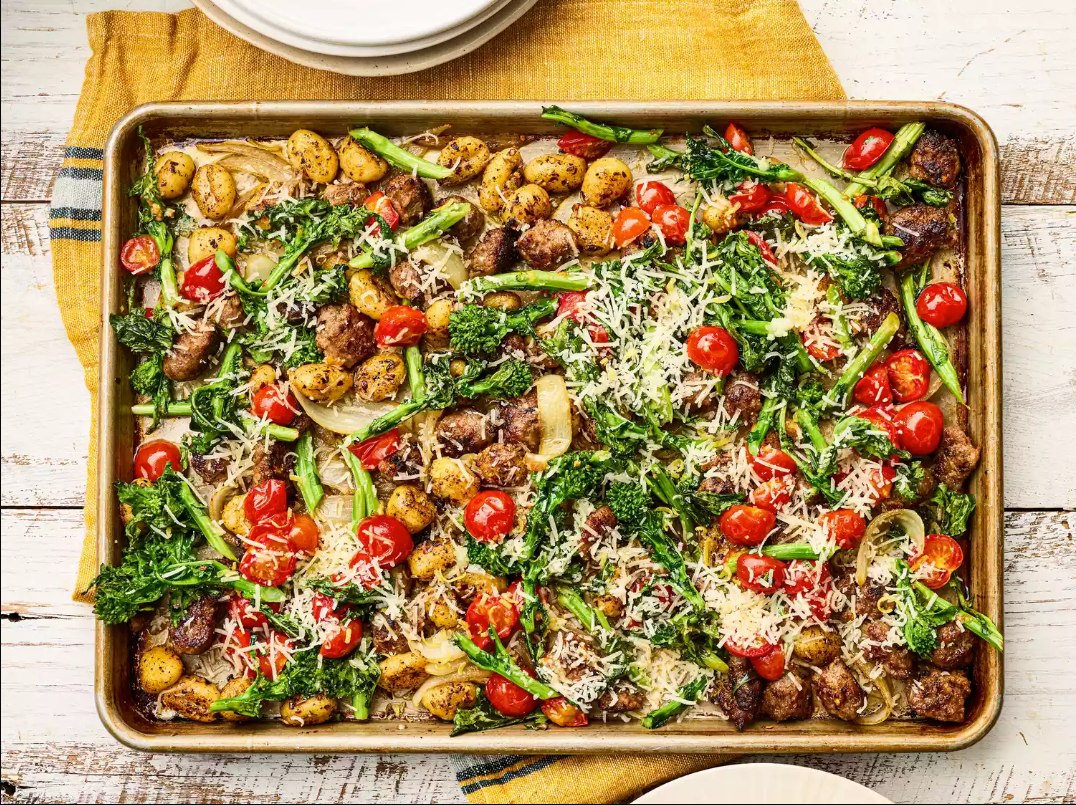Steps to Keep Your Family Safe in an Emergency
Most preparations involve thought, time and effort—not money. Keeping connected is key.

At 7:02 p.m. July 8, 2014, a tornado with winds gusting to 135 mph ambushed the town of Smithfield. The storm left four dead—including one infant—and a community stunned.
Smithfield, you see, isn’t in Tornado Alley or even in the Great Plains. It’s in central New York state. “We don’t get tornadoes in New York, right? Anyone will tell you that,” Gov. Andrew Cuomo told reporters the next day. “Well, we do now.”
Natural disasters are always traumatic. But climate change, abetted by our own activity, is making the unexpected and the extreme ever more likely. Catastrophic floods happen more often: Three, for instance, hit the St. Louis region between 2015 and 2019. Wildfires have burned an average of 7 million acres per year since 2000, more than double the rate in the 1990s. In February, record cold in Texas set off a cascading crisis of electrical outages, burst pipes, and flooded homes.
“It’s not like we’re seeing new types of disasters, but we’re seeing them in places we’re not used to, and with more intensity,” says Jeff Schlegelmilch, director of the National Center for Disaster Preparedness at Columbia University’s Earth Institute. “It’s the same concerns, amped up.”
The good news? If calamity touches your family or home, a little preparation can make a huge difference—potentially saving money, treasured possessions, and even lives.
So we asked a few dozen experts and survivors for advice on building disaster resilience. As it happens, most of their tips call for a modest investment of money or time. “You don’t have to be a doomsday prepper,” says Brenda Muhammad, executive director of Focusing Our Resources for Community Enlightenment (FORCE), a Syracuse, N.Y., not-for-profit that teaches emergency skills. “But be your own first responder.”
Have Multiple Modes of Communication
• Enter key contacts into all phones. Give household members paper contact lists, too.
• Tap someone outside your area to be an emergency communication hub.
• When power is out, a backup battery for a Voice over Internet Protocol (VoIP) line can extend its run time and allow for emergency calls; copper landlines generally work in an outage.
• In a crisis, text rather than call. Texts are more likely to connect than calls because they use far less bandwidth. And turn on one device at a time to conserve power.
• Access social networks to tap community resources.
• A ham radio, if available, is another good resource, experts say.
Hone Your Family’s Emergency Plan
• Store “go bags” and emergency kits where they’re easy to grab.
• Save directions to local shelters; check rules for social distancing and pets.
• Run drills at least annually: entering a safe room, evacuating, packing the car, and meeting outside the home when separated. (Scout at least two alternative, easy-to-reach places.) With kids, turn drills into games. Reward pets with treats.
Insure Your Home and Belongings Properly
• Get replacement-cost homeowners insurance, which covers rebuilding your home and replacing its contents. Make sure it covers building-code changes. Consider buying an inflation-guard clause for materials and labor.
• Choose a higher deductible to lower your premium. But then save for that expense in the event of a claim. (
• Store a video inventory of your home’s contents in the cloud, and on a thumb drive to keep with you. Do the same with documents such as birth certificates, passports, insurance policies, and tax forms—and cherished photos.
Connect With Your Community
• Talk to neighbors about resources, such as firewood and tools, that can easily be shared or swapped.
• Find out who in your neighborhood can perform CPR and first aid. Or, better—or get trained yourself online or in person.
• Get involved with a community emergency response team, or CERT, of residents trained to prepare, aid, and equip neighbors to deal with emergencies.
SOURCE: ConsumerReports.com














